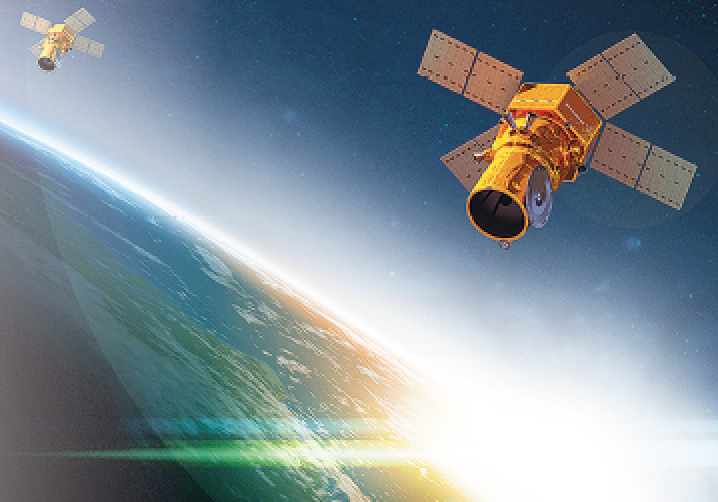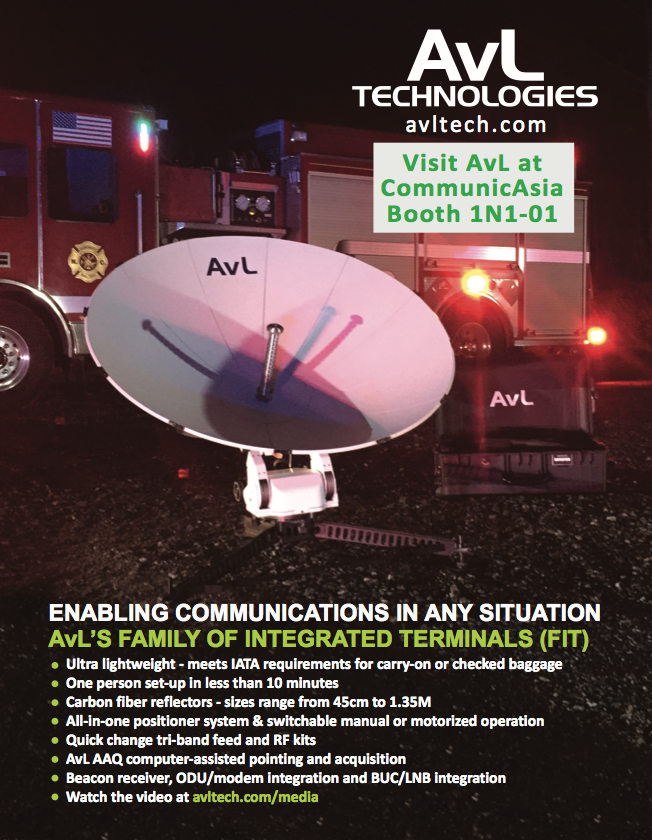To an outside observer, it must seem as if smallsats have finally made it big — hundreds of millions of dollars are being invested in the smallsat ecosystem, bolstered by an energetic, ever-growing international community.

This enthusiasm is not lost on the United States government, where smaller systems are becoming a key element of a more resilient space enterprise. For the purposes of this discussion, smallsat refers to a class of vehicles inclusive of cubesats through approximately 400 kg.
If you have been part of this community for a while, you might feel like the record store hipster who can’t help but brag, “I was into smallsats before they were big.” Certainly, there seems to be a serendipitous confluence of enablers providing credibility where previous hype had faltered. These enablers include low cost launch, miniaturized hardware and advanced data processing techniques, all supported by innovative business plans, new financing models and a few outspoken billionaires.
In spite of an abundance of positive momentum, there is much work left to be completed. In many ways, the next two years will decide the fate of the smallsat community — now that everyone is watching, we have little margin for error.
If smallsats are to become the new normal for critical missions in support of the nation’s warfighters, work must be done cooperatively to mature the industry. This goal can be achieved by strategically fusing the best new ideas with the essential practices that have made traditional providers successful for over 50 years.
Boeing and the company’s teammates are working to accomplish just that. Boeing recognized the value of smallsats years ago and invested in the development of the versatile, modular 502 product line, which spans rideshare and multi-manifest class vehicles. The company’s venerable satellite communications business continues to disrupt the industry with smaller solutions, from the all-electric 702SP to the flexible multi-terabit mPower constellation for SES.
Here to Stay
Smallsats are here to stay, therefore here are five key areas where Boeing is working to help make that future a reality:
Terminology — To some, a smallsat is cheap, expendable and “good-enough”. While that’s a fair description of a technology demonstrator, this phrasing is not an accurate representation of a high-performance, high-availability national asset. Imprecise terminology can lead to unrealistic expectations — there are smallsat customers who expect Lamborghini performance for the price of a moped. There are varying classes of smallsats, each tailored to the unique mission needs of their customers. Community bodies, such as the USGIF SmallSat Working Group (usgif.org/community/Committees/SmallSat), are excellent forums to socialize new language and taxonomies to help us all communicate about our products and capabilities better.
Furthermore, reliance on rubrics such as Technology Readiness Level can bias how risk is assessed and how acquisition decisions are made. Technology is moving quickly, motivating providers to continually insert new technology and improve on existing designs. Drawing on lessons learned from successes and failures, Boeing uses robust modeling and simulation, flexible manufacturing processes and digital configuration management to show that higher technological dynamism is not an inherently higher risk.
Dependability — Early value propositions posited that if one could build enough smallsats at a low enough cost, one could tolerate the loss of a few on-orbit assets i.e., constellation level reliability. Though this vision has played out for a handful of commercial constellations, many more missions are being seen with one to three satellites, where each vehicle must operate nominally to achieve the desired outcome. Unfortunately, many of the processes, tools and techniques developed to provide mission assurance for 15+ years at Geostationary Earth Orbit (GEO) are too time consuming and cost intensive
for smallsats.
On the other hand, cooperation is required to ensure smallsat component suppliers gain the experience and process rigor to consistently deliver parts that meet company specifications with a predictable rate of failure. As smallsat missions proliferate into Medium Earth Orbit (MEO), GEO and beyond, improved reliability will be necessary to ensure safe operations and assured disposal.
Community efforts such as NASA’s SmallSat Parts On-Orbit Now Database and the mission success interviews conducted by the Mission Assurance Improvement Workshop (MAIW) are great first steps. Based on our own experience, Boeing and the firm’s industry partners have developed an approach to smallsat mission assurance that takes the essential tenets of traditional space and applies them to a rapid development framework. As Boeing customers begin to rely on smallsats to perform more critical and time-sensitive missions, we must work together diligently to create systems our customers can rely on.
Cyber — The sad truth is that the more successful something becomes, the more it becomes a target. Commercial and government operators are facing ever-increasing threats to their systems — large constellations only exacerbate the problem by presenting a larger attack surface, spanning space and ground. As smallsats generate more economic value and perform more critical missions, the industry simply cannot just react to the increased pace and complexity of the cyber threats that will follow. Boeing is working to protect all of satellite products, starting with the Command & Control and mission data systems on the ground to on-board cybersecurity applications running on hardware built by an assured supply chain.
Data— The solution to the impending data tsunami about to be unleashed by blackened skies usually includes buzzwords such as ‘cloud’, ‘machine learning’ and ‘artificial intelligence’. While these technologies help to revolutionize the industry, they are hardly magic fairy dust for solving all big data problems.
Engineers and data scientists still toil for months to transform the data (and the customer’s needs) into a problem that can be solved by machine learning if one is lucky enough to have good training data. Many ventures depend on this transformation of data to close their business case but spend more time tinkering with hardware than talking to customers.
Boeing starts with the customer and brings the correct technologies to bear for each unique mission. That could include optimizing tip-and-cue architectures using predictive analytics or enabling scalable mission computing using the Boeing Multi-Processing Framework on Commercial Cloud Services (C2S).
Openness — If the smallsat community hopes to be successful, we must fight the tendency to sequester ourselves. Diverse perspectives and orthogonal thinking are going to be required to solve the challenges ahead. Boeing is engaged with the startup community through our newly-formed HorizonX (www.boeing.com/company/key-orgs/horizon-x/ ) venture arm. Additionally, the company is working across air, cyber and sea domains to leverage low-size, weight and power sensors, on-board processing and swarm autonomy from innovative Boeing subsidiaries like Aurora Flight Sciences and Liquid Robotics.

There is much to be done — the fun is also just starting. At Boeing, all are excited about using smallsats to help the company fulfill the crucial mission to connect, protect, explore and inspire the world.
Author Christian Dommell is the Small Satellite Innovation Lead at Boeing Phantom Works



